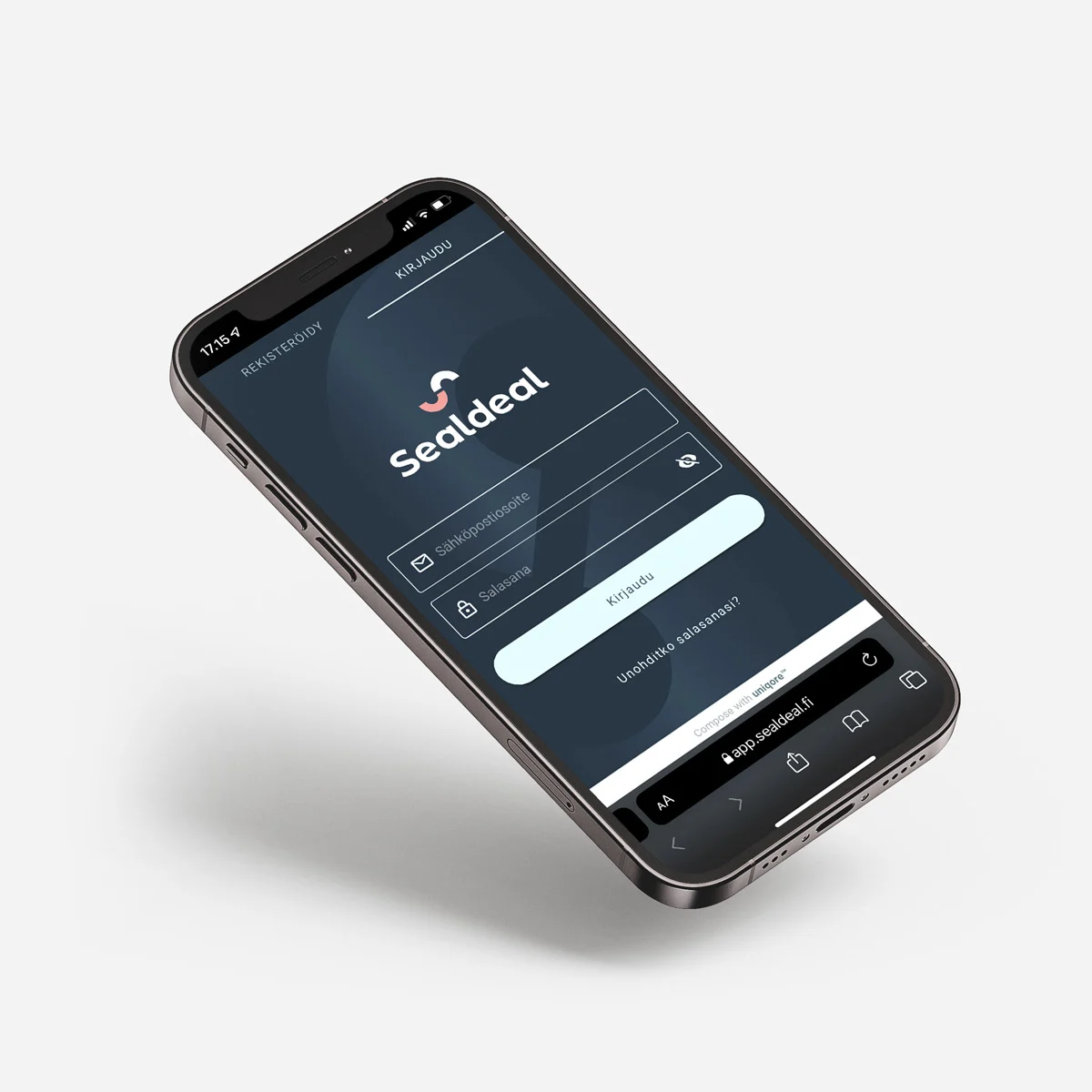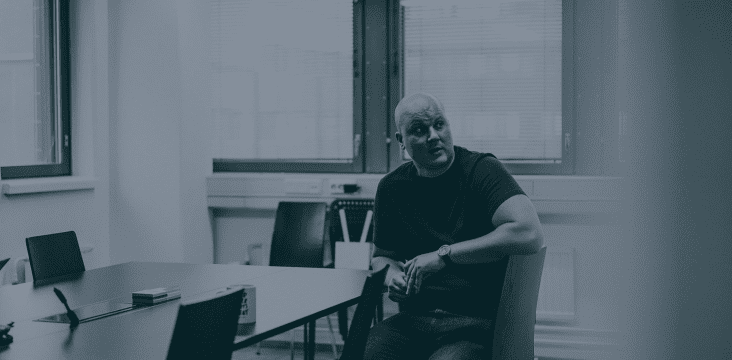
Composable business
Composable business is a way of thinking and technological implementation, launched by Gartner in 2020, to break down business components into quickly interchangeable entities. Composability aims to achieve rapid adaptability and business resilience in an ever-changing market environment.
Today, the environment in which organisations operate is changing faster than ever. We are living in the so-called VUCA (Volatile, Uncertain, Complex, Ambiguous) era, which is further accelerated by digitalisation. According to a McKinsey survey, only 11% of companies believe that their current business model will be suitable for 2023.
Composable business is a framework of ideas, architecture and technology
Generally speaking, composable business can be divided into three main components:
- Composable thinking refers to the idea that business and services can be designed from components that can be quickly adapted to changes in the business environment.
- Composable architecture refers to a modelling approach in which the digital architecture is built on a strong API-centric mindset, and business functions are encapsulated into interchangeable components. Composability starts from the development of the existing architecture, unlike many others that require replacement.
- Composable technologies is a generic term for modern products, systems, components, microservices or other software-based elements implemented in an API-based interconnected way.
The principles of composability can be applied either to a single component or consistently to all. The greatest business benefit is achieved by first embracing a composable paradigm, the principles of which form the basis for the development roadmap of the composable business architecture. The development roadmap provides a concrete vision of which technological solutions can be used to achieve the desired state, step by step.
How is composable business different from the traditional way of developing?

The concept of composability could be compared to Lego bricks. The basic idea behind Lego is that each piece produced is compatible with all those produced later. Take a moment to digest this idea: what if your business was made up of freely interconnectable sets of functionalities? How big an advantage would that give you in terms of business development, not to mention competitive advantage?
The essence of composability is therefore rapid adaptability, whereas traditional business building tends to start from well-designed and pre-built pieces that do not inherently adapt or interact with other pieces. To put it simply, traditional business design follows a waterfall model, while composability is based on hybrid thinking.
The design of a composable business conceptually approaches each business entity as a separate service component that can be coupled with any other component. These Packaged Business Capabilities (PBCs) are like Lego bricks of a business that can be used by all components.
While the composable paradigm in a way emphasises individual components and packaging, the overall business architecture is still relevant. To be specific, the model lends itself to a rapidly adaptable development approach where the vision is clear. The business driver is therefore clear, but the model gives more freedom to adapt to market conditions and customer needs.
Benefits of composable business
- Speed: New product and service ideas can be brought into production much faster than in traditional development.
- Adaptability: packaged capabilities allow business to be reorganised more quickly than traditional monolithic architectural models.
- Freedom of choice: the ability to mix and match business capabilities more freely means that development can be done without compromising needs.
- Resilience: packaged business capabilities consist of independent units that can be modified to make the business more resilient to turbulence in its environment.
- Compatibility: the journey towards scalability can typically start by building on the existing architecture, piece by piece.
- Versatility: a composable approach gives great freedom to leverage existing applications, products and components, but leaves room for company-specific application.
- Cost benefits: once the business architecture is sufficiently implemented according to the principles of composability, the overall cost of development will decrease in the long run. This is due to the versatility and reusability.
- Digital maturity: leveraging the principles of composability is a way to accelerate the growth of your organisation’s digital maturity. The composability paradigm explicitly starts with business capabilities, not technology products.
Technologies for composable business
Composability is usually associated in a technical sense with an implementation model based on the MACH architecture. MACH architecture means microservices, API-centricity, cloud and the use of a headless model. MACH is therefore a good representation of a technology platform that can be used to create entirely new, scalable business capabilities. However, there is much more to the composable business.
One of the advantages of composability is the freedom it allows in building a digital architecture. An organisation is free to leverage off-the-shelf products and services that implement the principles of composability, build customised solutions to meet specific needs, and integrate them all into the existing digital architecture.
Opening an online shop is a simplified example of composability. The traditional way of opening an online store has been to use a variety of off-the-shelf components or products, which have been refined in terms of functionality but limited in terms of customisation. Typical bottlenecks include the shopping cart process, customizability of customer interfaces, or more complex customer-specific pricing and tax rules.
In composable business, core functions – such as shopping cart and payment methods – are identified, and a functionality is assembled by linking them together. These functionalities are packaged into appropriate business capabilities, and can be either off-the-shelf components or customised production. Unlike traditional monolithic e-commerce engines, in a composable model these components can be freely interchangeable.
A composable business architecture can be created from scratch, but it is also ideal as a long-term development path, where the existing environment is brought up to date piece by piece. A typical real-world application is to introduce a digital self-service interface to an enterprise’s existing services, based on the principles of composability.
Sofokus offers your organisation everything it needs to move towards composability
Composable business is a new paradigm, a new way of thinking. Although the technology is well-established and familiar, rethinking a business concept as composable challenges even the most experienced business designer. Composability requires a business consultant a lot of technology understanding and vice versa.
If you are interested in composability, we offer all the services, together or separately, you need to achieve your goals.
Each customer relationship includes business development and is therefore different, but typically the following services are used in the path of becoming composable:
- Composable business design: baseline for aggregation, business target state, designing the business concept to be more digitally mature
- Composable service design: touch points and service paths, usability and conversions
- Composable digital architecture: interface capabilities, integrations, data warehouses, products, cloud services, customised services, adaptability analysis
- Composable technologies: cloud components and cloud services, end-to-end systems (e.g. software for composable e-commerce), digital self-service interfaces, customised application development to meet the principles of composability
In practice, composable business is a particularly business-driven way of leveraging modern digitalisation to create value in a company’s core business.

Ready to transform your business into a composable one? Reach out to us, and we’ll roll up our sleeves.
Composable business is suitable for companies of all sizes
Customers, regardless of industry, have started to demand continuous service improvement from their suppliers. End-customers may even choose their suppliers on the basis of their ability to offer their services as a digital self-service. In the insurance and banking sectors, for example, digitalisation with a good user experience is already becoming a matter of course in Finland. This is also happening in other sectors.
Traditionally, the best and most flexible digital business solutions have been too expensive for smaller organisations. Composability is changing this. While fully embracing digital in business almost always requires continuous investments, composability enables, for example, the pursuit of flexibility in a more cost-effective way.
Composable business can be seen as a combination of pieces from several different puzzles. It is an open-minded but carefully considered approach to combining and connecting compatible technologies. The missing pieces are customised. For example, when introducing a completely new service alongside existing ones, composability is a strong option because it is not only quick to deploy but also highly customisable.
Larger companies particularly value the connectivity of composability to their existing digital architecture. Digital development must be able to connect seamlessly with existing ERP, product management, reporting and user management systems.

Discover how our client, Sealdeal, benefits from composability
Sofokus designed and implemented the Sealdeal® service for FINHAI Ltd to support peer to peer commerce. Sealdeal® enables secure trading between strongly authenticated partners regardless of the marketplace.
Learn more about digital business trends
Shortcuts
- Composable business is a framework of ideas, architecture and technology
- How is composable business different from the traditional way of developing?
- Benefits of composable business
- Technologies for composable business
- Sofokus offers your organisation everything it needs to move towards composability
- Ready to transform your business into a composable one? Reach out to us, and we'll roll up our sleeves.
- Composable business is suitable for companies of all sizes
- Discover how our client, Sealdeal, benefits from composability

